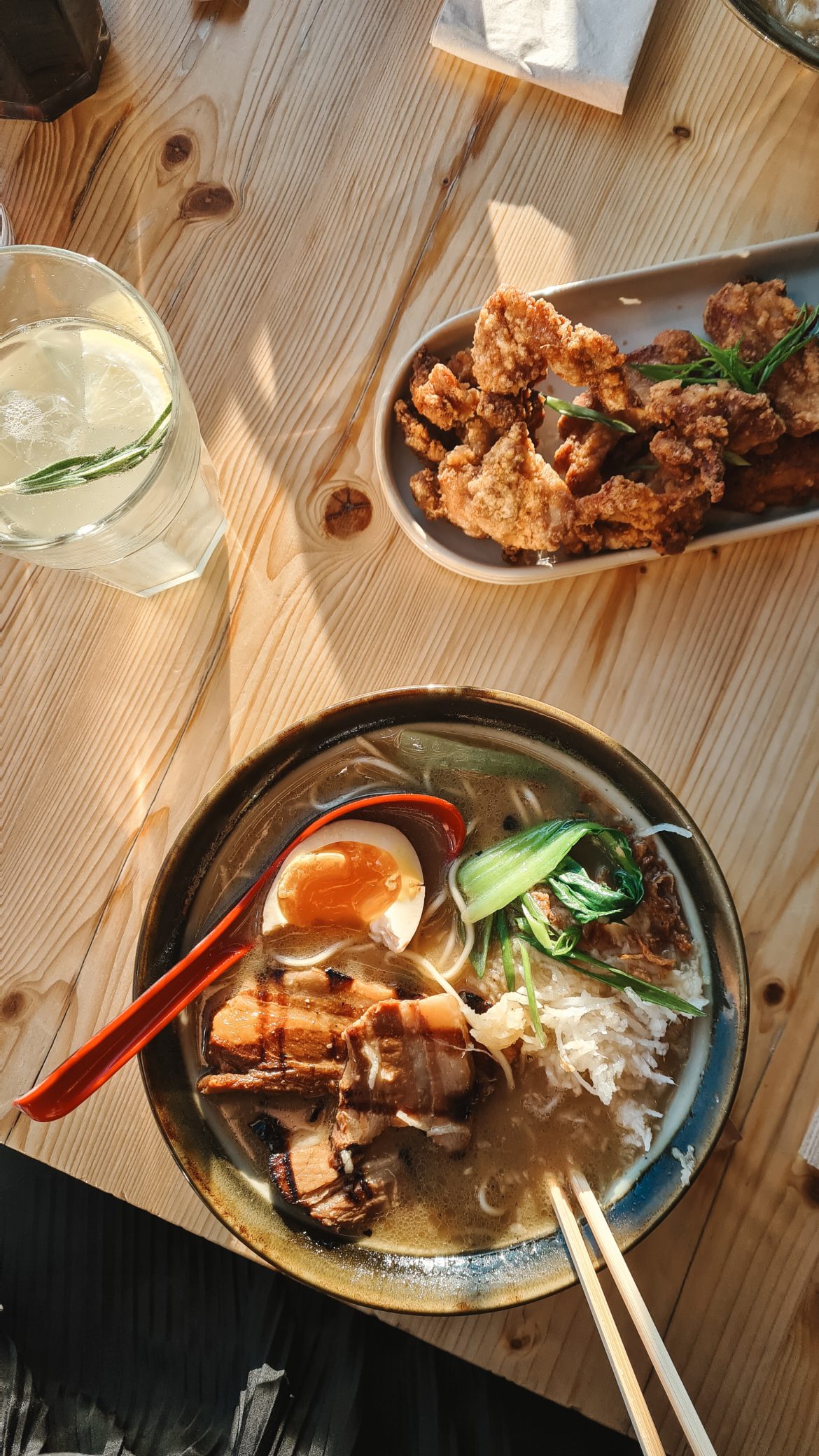Food is more than just nourishment; it is a reflection of culture, identity and connection. Every country has its own dining customs that tell a story about how people respect food, celebrate community and express gratitude. From chopstick etiquette in Japan to the art of eating with your hands in India, food traditions across the world reveal how deeply rooted our relationship with meals truly is.
Here is a look at some fascinating food etiquette and traditions from around the globe.
Japan: A lesson in respect and presentation
In Japan, meals are a sacred ritual of appreciation. Before eating, diners say “Itadakimasu”, meaning “I humbly receive”, and after finishing, “Gochisousama deshita” to thank the cook. Chopsticks are handled with precision, never stuck upright in rice (a gesture reserved for funerals) or used to pass food from chopstick to chopstick. Every dish is presented with care, reflecting the Japanese value of harmony and respect for nature’s bounty.
India: Eating with your hands, the mindful way
In India, food is often enjoyed with the hands, particularly the right hand, as it is believed to heighten the sensory experience. Meals are traditionally served on banana leaves or metal thalis with an array of small dishes, each offering a balance of sweet, sour, spicy and savoury flavours. Sharing food and feeding others is a gesture of love and hospitality, deeply embedded in Indian culture.
France: The elegance of slow dining
French dining is as much about conversation as it is about cuisine. Meals are unhurried, savoured slowly and often accompanied by wine. Bread rests directly on the table, not on the plate; hands remain visible, and cheese is eaten before dessert, not after. For the French, eating is an art form in which quality and experience matter more than quantity.
Ethiopia: The power of sharing from one plate
In Ethiopia, meals are communal affairs. Families and friends gather around a large platter lined with injera, a spongy sourdough flatbread, topped with stews and curries called wot. Everyone eats from the same plate using their hands, and feeding someone a bite, known as gursha, is a sign of affection and trust.
Italy: Simplicity, seasonality, and passion
Italians believe food is best enjoyed fresh, local and seasonal. Meals are unhurried, beginning with antipasti and ending with coffee (never a cappuccino after dinner). Pasta is eaten al dente, and cheese is not sprinkled on seafood dishes. More than rules, these customs reflect a deep respect for ingredients and tradition, a philosophy that turns every meal into a celebration.
China: Symbolism in every bite
Chinese dining revolves around balance and symbolism. Round tables encourage sharing, and dishes are served family-style to foster connection. Chopsticks should never be pointed at people or stood upright in food, as both are considered rude. Food also carries deep meaning: noodles symbolise longevity, dumplings represent wealth and oranges are associated with good fortune.
Middle East: Hospitality as a way of life
Across many Middle Eastern cultures, food is a powerful symbol of generosity. Guests are offered an abundance of dishes, often more than they can finish, as a sign of respect. Meals typically start with dates and tea, and eating with the right hand is customary. Refusing food is considered impolite, as sharing is seen as a blessing and a bond between host and guest.
South Africa: The spirit of togetherness around the braai
In South Africa, the braai is more than a meal; it is a social tradition that brings people together. Whether it is families on a Sunday afternoon or friends celebrating a special occasion, the braai embodies warmth, hospitality and community. It is less about rules and more about the shared experience, good food, laughter and connection.
A universal language of connection
While food etiquette varies from country to country, one truth remains: dining is a universal act of love and connection. Whether through words of gratitude, shared platters or mindful eating, these traditions remind us that food is far more than sustenance; it is a story of who we are and how we come together.
ALSO SEE:
Featured Image: DupePhoto

